🎮 Neko Can Dream
2023年 5月 24日
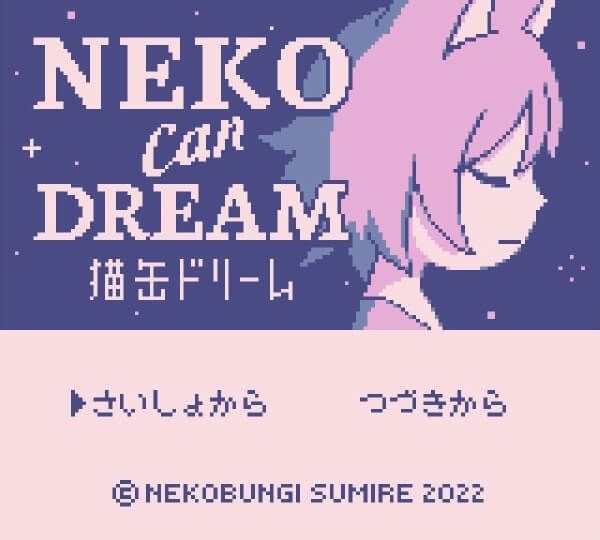
My first experience with Nekobungi Sumire’s work was through the one-shot yuri manga, Locusta in the Skyscraper. It is a heartfelt and earnest story of two butch lesbians falling in love among the sunken ruins of a climate-ravaged Earth. It is short but memorable because of how much it manages to pack into its slim page count. Kai works for the Department of the Environment, which is in charge of tearing down flooded buildings. Her job puts her at odds with Locusta, a mysterious woman who makes her home in an abandoned skyscraper. We learn that Kai struggles to maintain her romantic relationships, and so focuses on her work as a coping mechanism and hides her pain from the people around her. The only person who manages to peek behind her facade is Locusta. This all comes to a head when demolition day finally arrives and the Department of the Environment sets out to destroy Locusta’s home, and Kai realizes with horror that Locusta is still in the building.
Locusta in the Skyscraper has a strong mix of fantastic, otherworldly elements, from Kai’s goatlike horns to the flooded cityscape stretching to the horizon. Yet it is weighted with all the complicated real-world feelings of what it means to do your duty without considering the marginalized bystanders caught in the dragnet. Reading this one-shot led me to try Nekobungi’s other comics, and finally, Neko Can Dream.

Neko Can Dream has these great close-up shots of characters that capture so much of their personality right at a glance.
Neko Can Dream is an adventure game made with Game Boy aesthetics and limitations. (You can actually get it on a physical cartridge to play on your Game Boy. I played the Android version with a controller.) It is a wonderfully strange world populated with anthropomorphized characters. The pixel art is gorgeous and really shines with panning close-up shots of characters and scenes.
Neko Can Dream, like Nekobungi’s other works, have a cute but somewhat melancholic art style. It’s easy to look at screenshots and assume that it’s a kawaii adventure game about doing fetch quests for talking animals. But the game occasionally tips its hand and reveals a darker, more disturbing side to the world.
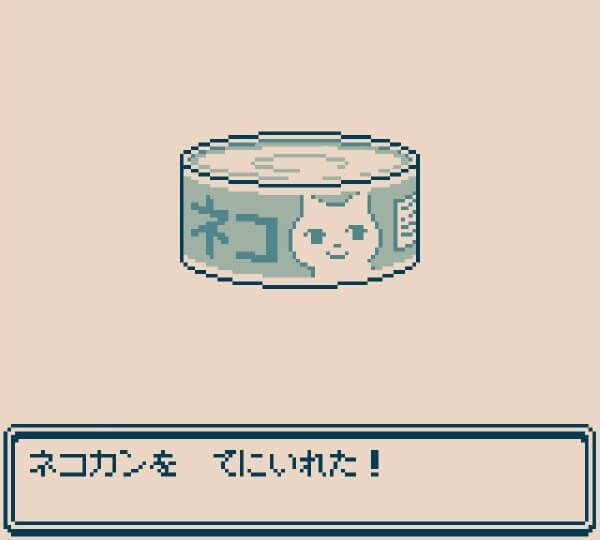
"You got a can of cat food!"
You start the game waking up in an alley as a cat-eared person with no memory of who or where you are. You find what appears to be a can of cat food, but cannot open it. Your search for a can opener leads you to a yakitori bar run by (what else?) a chicken, who tells you that the can in your hands doesn’t hold cat food, but instead contains someone’s dream.
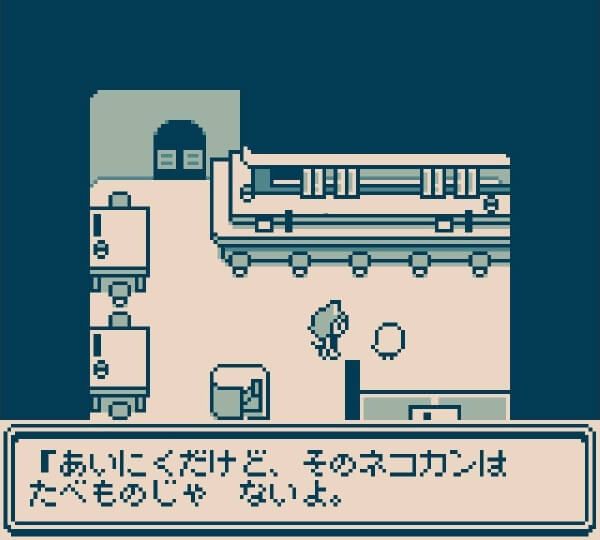
"Unfortunately, that is not a can of food."
The bar owner strikes a deal with you: find a dreamer, enter their dreams, turn them into a Dream Can, and trade it for some real food. And thus, your journey of dream-hopping through this surreal world begins.
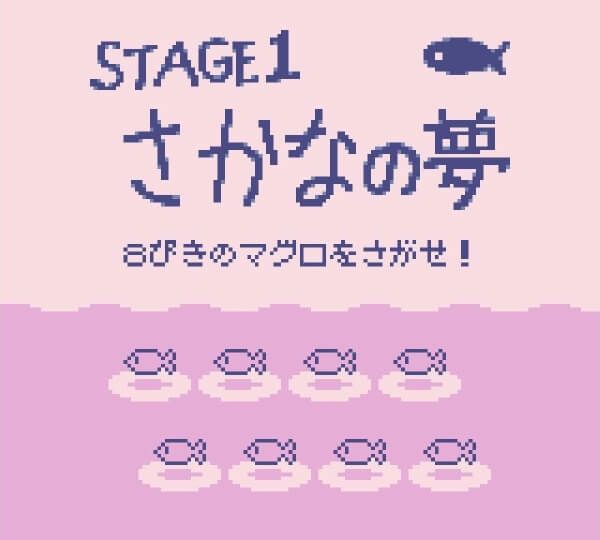
"Stage 1: Dreaming of Fish. Find the 8 tuna fish!"
The first dream I entered started off innocently enough. I found a fish market run by cats and rabbits. But, oh no! The eight tuna fish that were supposed to go up for auction have all escaped! Can you help round them up in time for the auction and save the day? It’s, you know, a real simple Video Game Quest. So you walk around the market and talk to the animal townsfolk about what they’re planning to buy for dinner. You run into a couple of tuna just chilling out, and after speaking with them, they amiably agree to return to the auction.
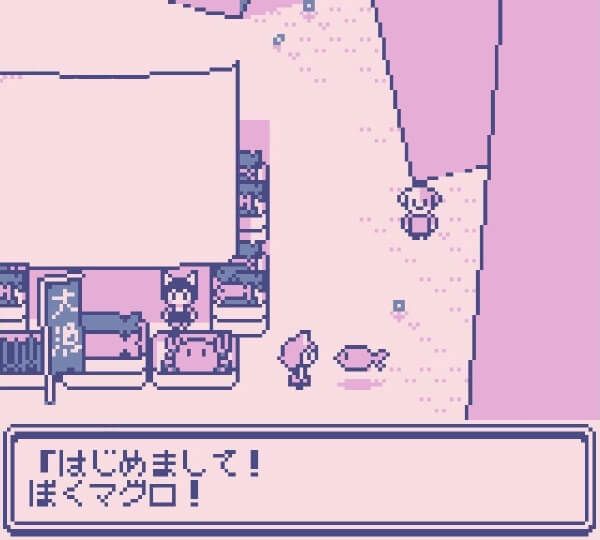
"It's nice to meet you! I am Tuna!"
Things start getting weirder and more dreamlike once you leave the marketplace. Sometimes when you enter what looks like a cave or a sewer, you’ll instead find yourself in an empty classroom, or at the back of a bus with a looming shadow creature at the helm. When you leave and come back, you’ll find that that place is gone. None of the other characters have any idea what you’re talking about. You start getting glimpses of something so enormous and sad that the cuteness of this dream struggles to hide it.
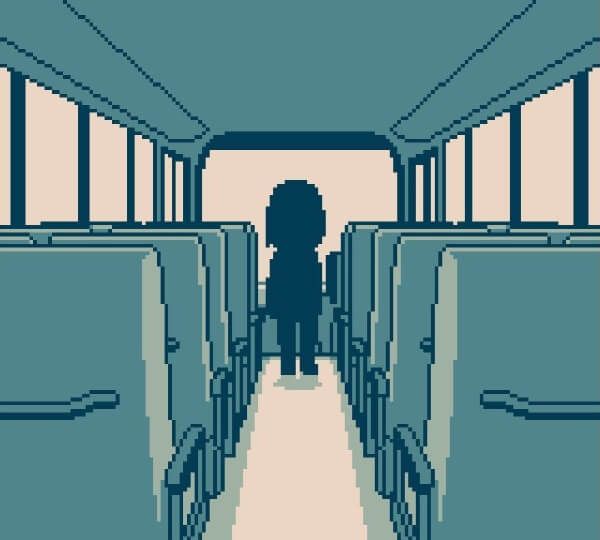
What's going on here?
The dialogue from the fish starts to get a little darker, too. They are still cheerful and perfectly willing to return to the auction once you’ve found them. But they start dropping hints that they know that they are about to die. The fish and surrounding townspeople are nothing but smiles and good cheer, but that just makes the whole situation that much more disturbing and sad.
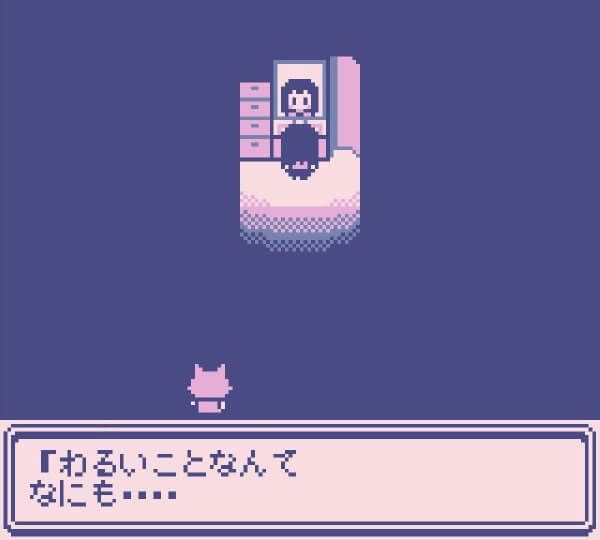
"There's nothing wrong..."
The scene that got to me was walking past rows of tiny Tokyo-style apartment buildings. I entered one room where a child immediately shoved me and told me to get out. After finding all seven of the other tuna, I returned to this apartment, suspecting that the final fish was hiding out here. And lo and behold, before the kid could kick me out this time, the tuna revealed itself. “But if you go, you will die!” the child cries. “I know,” says the tuna. “You are a good kid. But I have to do this.” And then it dutifully swims to the auction.
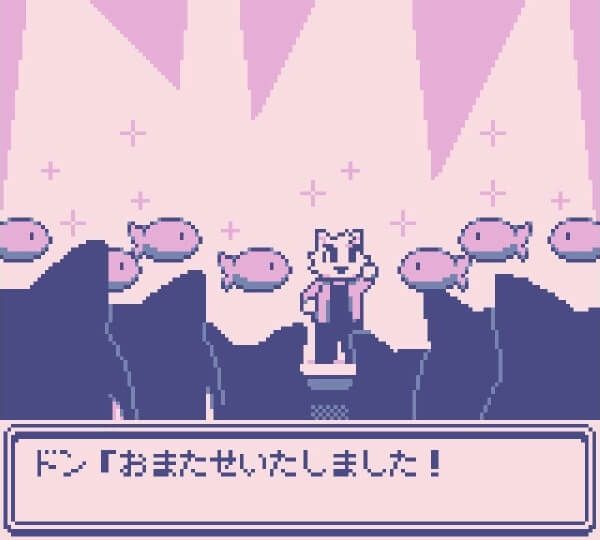
"Sorry to keep you waiting!"
I dare not spoil how the auction ends, or what became of the eight tuna fish, or what are those flashes of reality sprinkled through the surreality of the dream. I will say that while it is pretty easy to guess what’s going on before you get to the big reveal, the emotional weight of it still hit me like a bus. I was left feeling torn about what I had done. I witnessed the pain and suffering of another person, then packaged and commodified it to trade away for dinner.
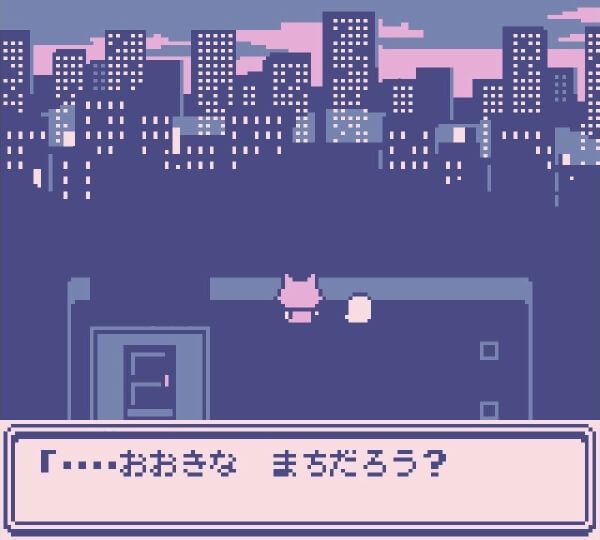
"...isn't it a huge city?"
When you leave the dream, can in hand, you find the yakitori owner on the roof of the bar. You both survey the city spread out before you, twinkling lights from skyscrapers in the distance. “Isn’t it a huge city?” asks the bartender. “And it’s filled with dreamers.” It’s a beautiful and terrifying scene, brushing against but never outright pushing on the moral tension of the game. You can’t live off of dreams; you need cat food. To get cat food, you must tear down the happy facades that dreamers use to cover up their pain, then commodify that pain into a neat little can.

Neko Can Dream expertly blends surreal, cutesy fantasy and harsh glimpses of reality to create something complicated and messy. These are not actually cut-and-dry Video Game Quests, and carrying them out does not make you a hero. I want more than anything for other people to play this game so that we can talk about what we all got from this. I have a feeling that everyone’s interpretations will be very different. I love games that can make players feel uncomfortable with their actions, and ask what they would do differently and how.
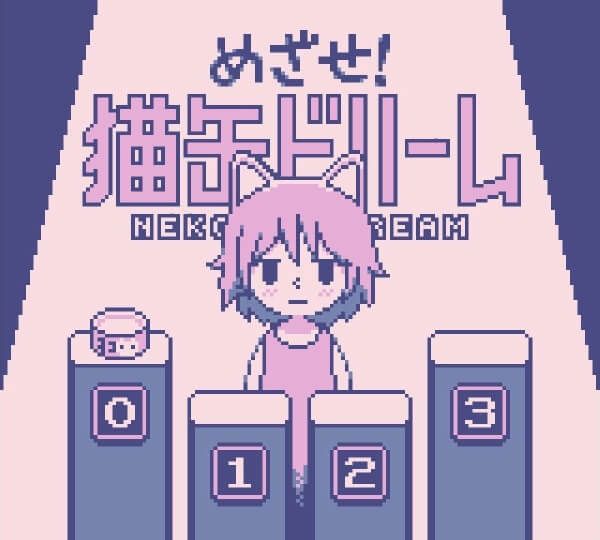
"Go for it! Neko Can Dream"
I really hope that more people check out and play this game, and I am very interested to hear what you all think about it. I also highly recommend Nekobungi’s lovely comics, and especially Locusta in the Skyscraper. I hope more people can dive into Nekobungi’s wonderful stories and fascinating worlds.
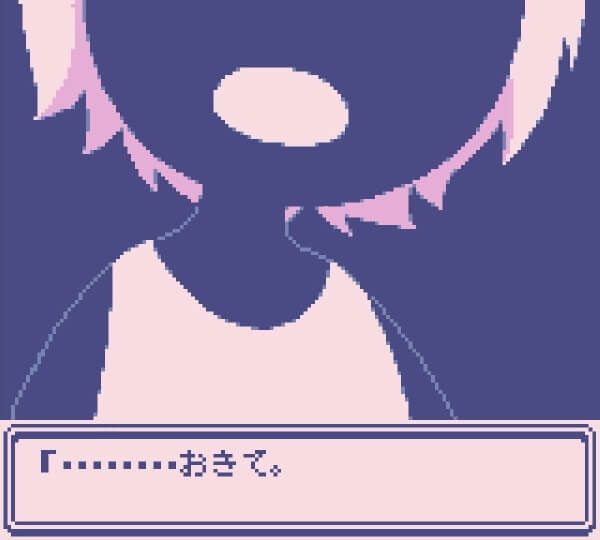
"...wake up."
